(Kashmir Rechords Presentation)
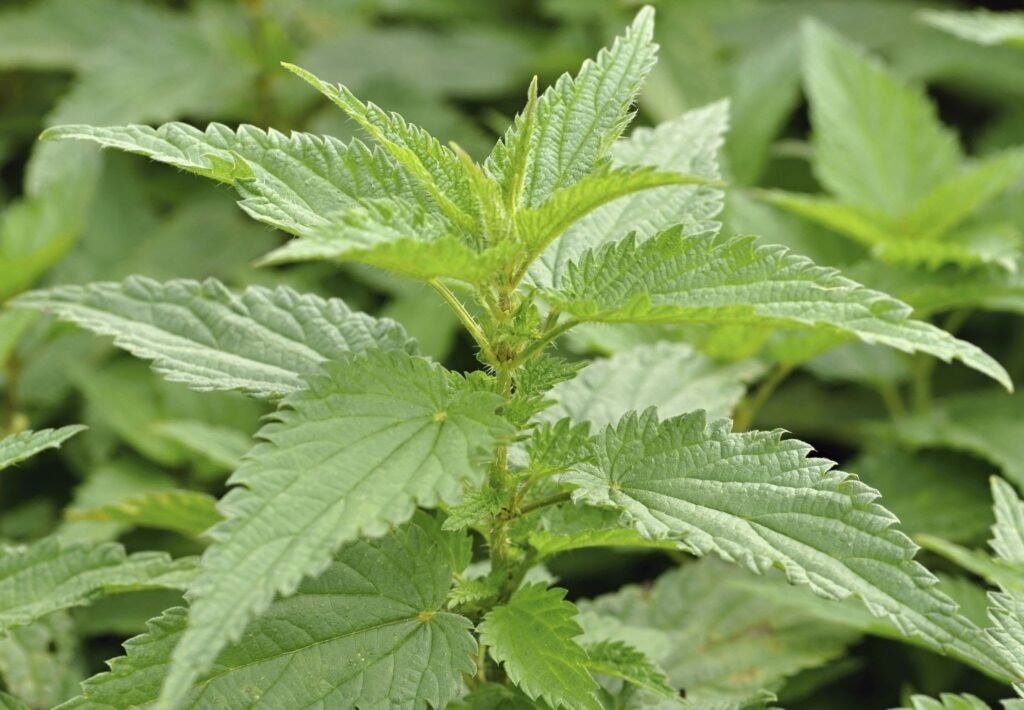
`Soi‘ (nettle), ‘Pamb Chalan‘, ‘Koth‘, or ‘Tethwan’ are among the wild grasses and herbs of Kashmir that hold a significant place in the local psyche. These plants evoke a range of emotions among Kashmiris, from fear and trauma to disdain. The sting of a ‘Soi Shalakh’ or the bitter taste of ‘Tethwan’ are common unpleasant experiences. Despite the locals’ aversion to these plants, they are not without value. These often-despised grasses possess profound medicinal properties, highlighting a complex relationship between nature’s gifts and human perception.
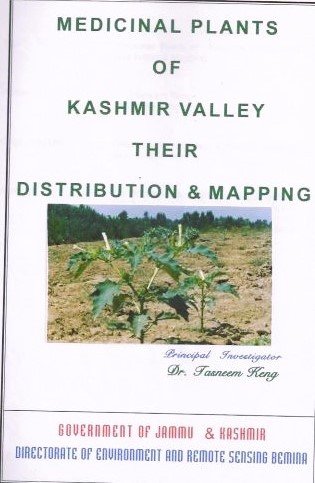
The Rich Medicinal Heritage of Kashmir
Kashmir boasts around 149 medicinal grasses and herbs, a fact documented in the book “Medicinal Plants of Kashmir Valley–The Distribution and Mapping,” published by the Government of Jammu and Kashmir. While some plants are easily available throughout the valley, many have gone extinct or are threatened. Understanding the ethno-botanically significant medicinal plants plants that have underpinned traditional healthcare for millennia can unlock potential not only for combating emerging lifestyle diseases but also for economic development.
Traditional Medicines in Folk Culture and Daily Life
Indigenous Kashmiri medicines like ‘Tethwan’, ‘Koth’, ‘Soi’, and ‘Pamb Chalan’ play significant roles in the region’s folklore and daily usage. These plants, despite their unpleasant characteristics, have been used for generations to treat various ailments. This rich tradition of utilizing local medicinal plants underscores the immense potential that lies in these natural remedies.
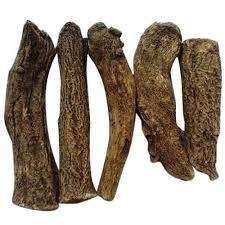
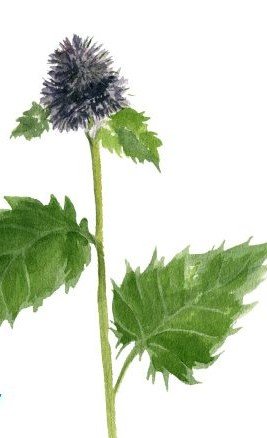
A Path to Medical Tourism
With growing awareness of the benefits of homeopathic and other natural medicine systems, Jammu and Kashmir could become a hub for Ayurvedic and Unani medical tourism, akin to Kerala. According to recent studies, the global market for alternative medicine is expected to grow significantly, with a projected CAGR of 22% from 2023 to 2028. Policymakers and entrepreneurs exploring commercial ventures or dedicated to preserving and expanding traditional knowledge will undoubtedly appreciate the work of numerous scientists who have conducted comprehensive surveys.
Notable Surveys in Kupwara and Billawar
In 2021, a notable survey in the remote Kupwara region of Kashmir exemplified these efforts. Scientists like Mudassir Nazir Bhat, Bikram Singh, and Opinder Surmal conducted extensive research, collecting data on diseases, domestic animals, and remedies involving ethno-botanical plants. Another significant survey in the Billawar area of the Jammu region by Rakesh Kumar, Vikas Sharma, and Sudesh Kumar covered sites including Dewal, Bhaddie, Sukrala, and Koti.
Significant Ethno-Botanical Plants in Kashmir
Here are some key medicinal plants plants in Kashmir:
Artemisia absinthium (Wormwood): Known locally as ‘Tethwan‘, it treats digestive disorders and parasitic infections.
Saussurea costus (Kuth): Known for anti-inflammatory properties, it treats respiratory issues and skin diseases.
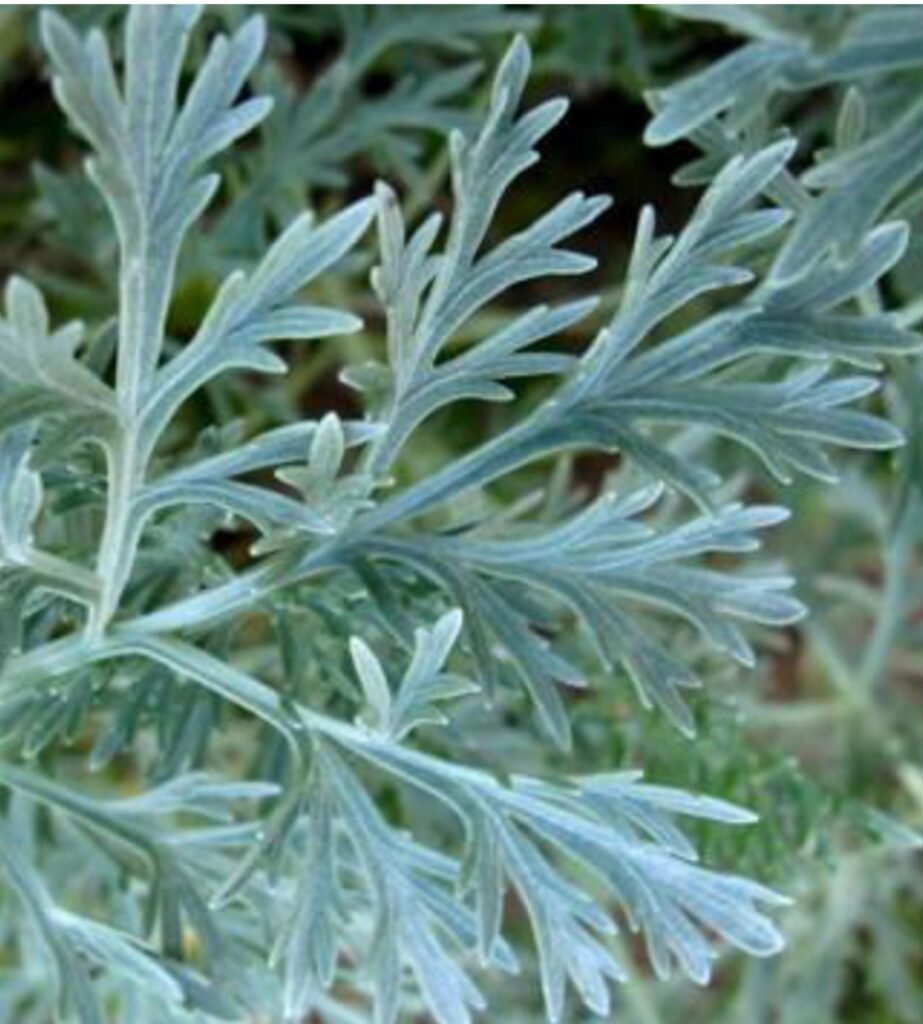
Podophyllum hexandrum (Himalayan Mayapple): Used for its anti-cancer properties, it treats skin diseases and digestive disorders.
Berberis Aristata (Indian Barberry): Locally called ‘Kilmora’, it treats eye infections, jaundice, and skin diseases.
Rheum Emodi (Himalayan Rhubarb): Known for laxative properties, it treats stomach ailments and infections.

Picrorhiza kurroa (Kutki): Used for hepatoprotective properties, it treats liver disorders and respiratory issues.
Fritillaria Roylei (Pamb Chalan): Treats asthma, bronchitis, and other respiratory ailments.
Inula Racemosa (Pushkarmool): Has anti-inflammatory and cardio-protective properties; used for respiratory and cardiac health.
Trillium govanianum (Nagchhatri): Known for anti-inflammatory and analgesic properties; used for wounds and bone fractures.

“Soi” – Heracleum candicans
‘Soi’, or nettle, commonly known as the Himalayan Hogweed, is a medicinal plant plant with a stinking effect found in the Himalayan region, including Kashmir. Those born before 1990 may recall how parents and teachers used ‘Soi Shalakh’ as punishment, but few know about its e benefits, which include remedy for indigestion in children,Vegetable dish,treating minor skin diseases, treating diabetes, boosting metabolism and immunity,reducing kidney stones, treating enlarged prostate, treating ulcers and urinary infections.
Threats and Opportunities
The threat to traditional knowledge and the shrinking biodiversity of these plants is both real and imminent. Supporting and augmenting this sector is crucial. Technical precision in surveys should guide stakeholders in rediscovering plant resources for food and medicine.
Moving Forward
To capitalize on this potential, it is crucial to implement the following steps:
Policy Development: Formulate policies that support the cultivation, preservation, and sustainable use of medicinal plants plants.
Research and Development: Increase funding for research on ethno-botanical plants and their applications in modern medicine.
Community Engagement: Involve local communities in the conservation and cultivation of these plants, ensuring their traditional knowledge is preserved and valued.
Commercial Ventures: Encourage the establishment of businesses that utilize these plants, promoting economic growth and job creation.
Educational Programmes: Develop initiatives to train the next generation of scientists and practitioners in ethno-botany and traditional medicine.
Conclusion
The rediscovery and utilization of ethno-botanically significant plants hold immense promise for both health and economic development. By embracing this rich heritage and integrating it with modern scientific practices, we can pave the way for a healthier, more prosperous future for Jammu and Kashmir. By harnessing the medicinal potential of these native plants, we not only preserve a valuable aspect of our cultural heritage but also open up new avenues for sustainable development and healthcare innovation.
